12 Common Causes of Low Water Pressure
Causes of low water pressure can be directly attributed to a number of problems in your home, not to mention a source of great frustrating.
As you try to fill the kitchen sink or the bathtub with water, you do not want to wait ages to get to a desired level.
The water pressure in your morning shower may not be as strong as you’d like, so taking a shower ends up feeling like standing under a dripping tap.
Your washing machine or dishwasher may not be getting sufficient water to operate, so cycles end up taking far longer meaning more energy is unnecessarily consumed.
If these instances sound all too familiar, you’re most likely contending with low water pressure in your home.
To find a suitable solution, it’s important to identify the probable source of the problem first.
Let’s take a look at 12 common causes of low water pressure, any of which may be the reason behind your water pressure issues.
Article Chapters
1. Water Supplier Issues
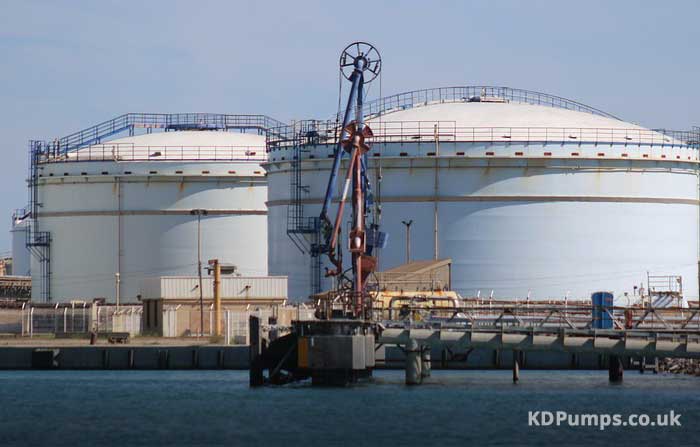
You may wish to check with your neighbours to see whether they are also experiencing the sale water pressure problems.
If this is the case, the most likely cause is the local water supplier is experiencing a drop in water supply pressure levels, rather than anything in your home.
In that case, you’re advised to contact your water supplier.
Speak to them to check if there’s any ongoing repairs or scheduled maintenance that may be causing the drop in pressure.
After a few days, water pressure may return to normal levels.
2. Change in Council Regulations
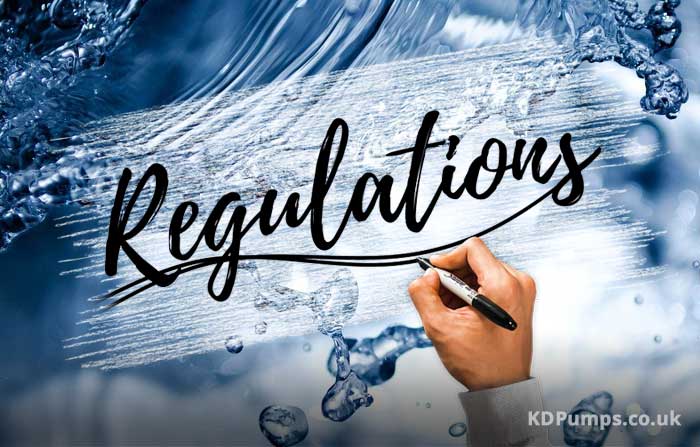
Unknown to you, your local council may have changed water regulations.
In such cases, utility companies such as water suppliers may have to comply with newly introduced regulations by reducing the amount of water they can supply to homes.
In these circumstances, a water pressure booster system might be required.
Such a system can be installed by a professional plumber.
Some homeowners may attempt to do this themselves, however this is not advisable.
To ensure correct installation, contact a local specialist.
They will oversee appropriate installation, taking into account additional factors such as the age and the size of your existing pipework for the best possible result.
You might also be required to have an inspection, to check the new system once it has been installed.
3. Mains Water Valve Not Fully Open
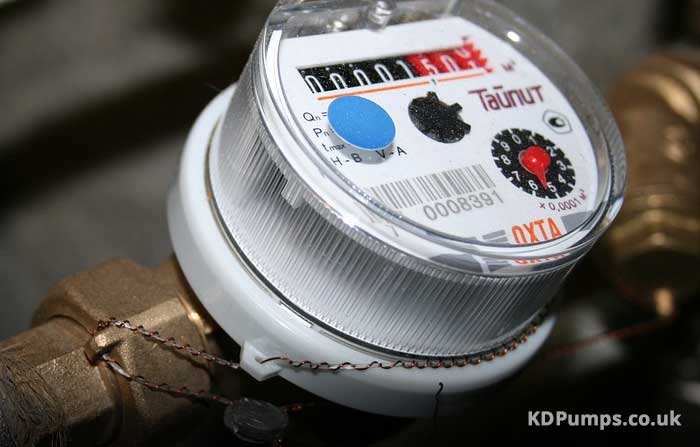
One common cause of low water pressure is the external water mains valve, usually located outside your property by the water meter.
This is where the mains water supply line comes into your home.
Always check the water valve to ensure it is fully open.
This valve has a handle, which needs to be turned fully all the way anticlockwise until it can no longer be turned.
In cases where the handle looks like a lever, you should see that it’s parallel to the pipe.
This means the valve is completely open, and ensures the pressure is not suffering as a result.
4. Stop Cock Not Fully Open
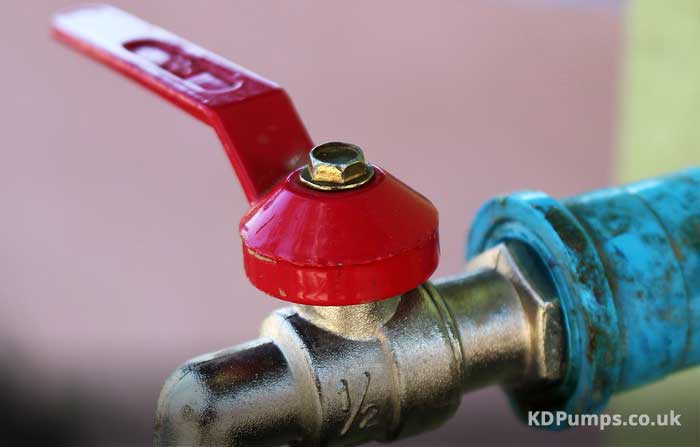
If the internal main stop cock in your home is not fully open, this will affect water pressure.
Check whether the stop cock or stop valve is completely open.
There may have been instances when you had to close it, such as a visit from a local plumber or gas boiler engineer.
Chances are it was closed temporarily to shut off the water supply for them to carry out their work, and was then never fully reopened again.
In case of a level style stop valve, it will need to be in line with the water pipe to be in a fully open position.
5. Failed Pressure Regulator
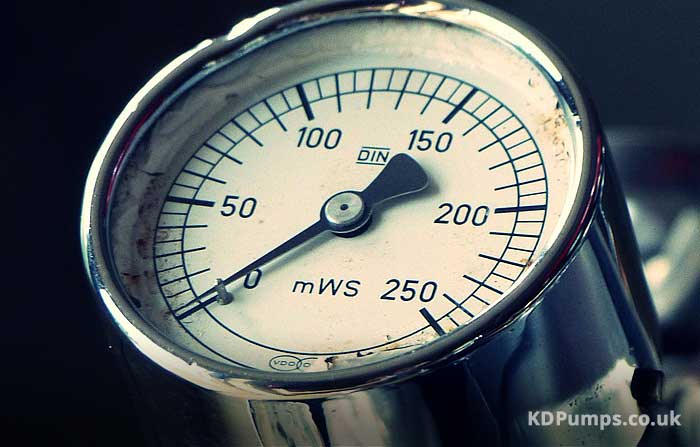
Some plumbing systems have a pressure regulator.
There is a procedure that will help you determine whether the pressure regulator is failing to give you an accurate reading.
To do this, simply attach a water pressure gauge to the hose spigot.
Turn the water on to check the water pressure reading.
In cases where it’s lower than what the pressure regulator states, there’s probably a fault with the regulator.
In such cases, you may need to have the pressure regulator repaired or replaced.
6. Blocked Pipes
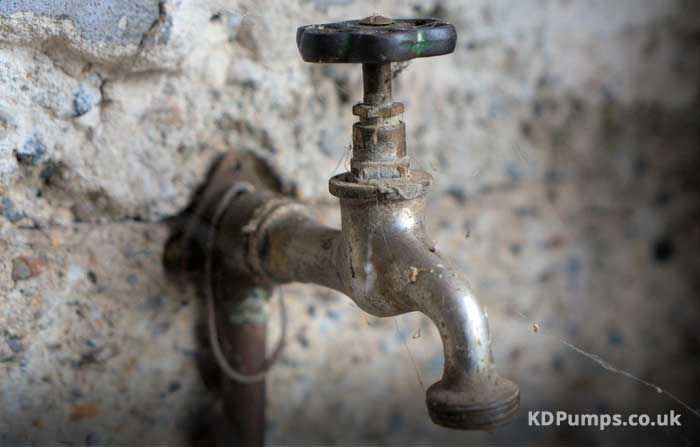
Clogs in pipes can build up over time, and this will dramatically affect water pressure.
Such a blockage could be located anywhere beneath your home, so to ascertain the exact location of the blockage, a plumber will need to be called in.
Clogging is a common problem, but it’s not easy to pinpoint the exact location seeing you cannot check the interior of the pipelines.
Hence, it’s best to consult a plumber if you believe your water pressure is not suffering as a result of any other reason outlined here.
7. Corroded Pipes
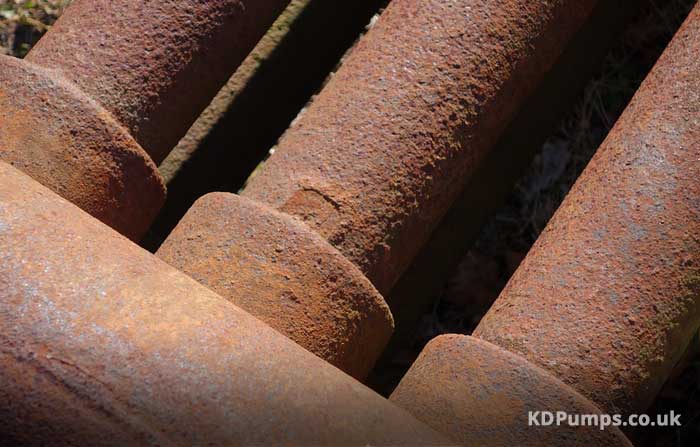
Many of the pipes in your home may have been installed several years ago, decades in fact.
Chances are you were not even the occupant of the house at the time of fitting.
It’s important to be aware of some key factors about your home’s piping system, especially with regards to its age and the material they’re made from.
Galvanised steel pipes, for instance, have an expiration date since this material tends to start corroding after about 20 years.
Copper pipes on the other hand remain in good condition for about 50 years.
Brass pipes also have a relatively long life; usually around 40 to 70 years.
If you live in an older home, there is the possibility that your pipes might have started to corrode in various places.
You might need to discuss this with a plumber as re-piping might be required if the house’s piping system has not been modernised in a long while.
In some cases, replacing small sections of the piping might be enough.
But if several years have passed since initial installation, chances are the plumber will advise a complete re-piping.
If over time you added some plumbing fixtures to your house’s piping system, you will also need to check those as well.
In such cases, an enlargement of the branch lines of the piping is generally required, otherwise those fixtures will end up being more prone to corrosion.
8. Frozen Pipes
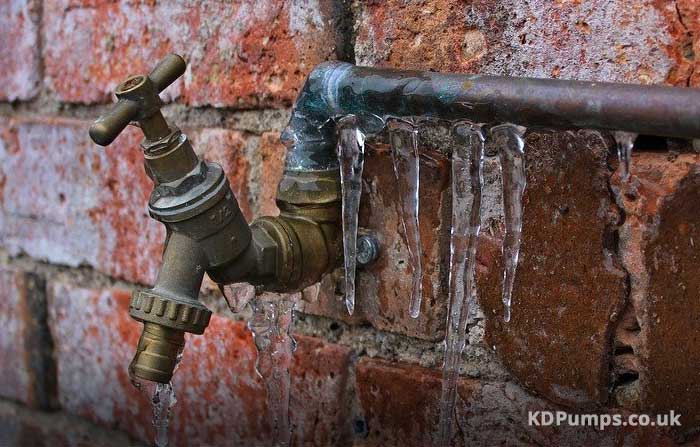
If the weather is particularly cold where you live, your pipes might be frozen.
This may be affecting the water pressure, and in more extreme cases there could even be no running water at all when you turn on the taps.
Slow and uneven water supply is common due to frozen pipes.
Where possible, adding pipe insulation will help to reduce pipe freezing.
Applying heat will also help the water to start flowing normally.
Sometimes frost is visible on pipes which are exposed, so it is easier to apply heat in such instances.
9. Shared Pipelines
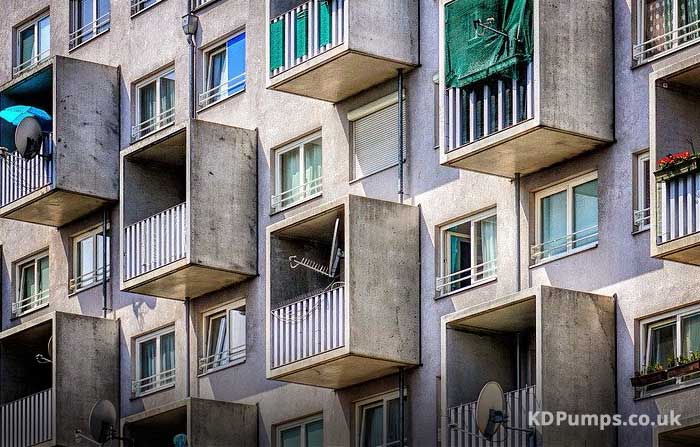
Shared pipelines run water to more than one house or premises at a time.
Larger apartment blocks and high rise towers are a prime example of this.
So, whilst you try taking a shower, the water pressure might be considerably lower if your neighbour is also taking a shower or running their taps too.
Put simply, your water supply is divided so there isn’t really much you can do about it.
You could try to initiate certain routines when you might not be using water at the same time as your neighbours.
Otherwise, you may wish to consider replacing the pipeline into the home to establish your own separate supply.
In such cases, you will need to get permission from the local authorities, as well as the water supplier.
If granted, a local plumbing company will be able to handle the installation.
But generally, this solution can be very expensive due to the time and work involved.
10. Too Much Demand

In some cases there may be too much demand on the water supply.
There could be several plumbing fixtures running at the same time, and as a result the water pressure suffers.
Some changes in routine and coordination should help you to avoid this problem, and have improved water pressure.
11. Leaking Pipes
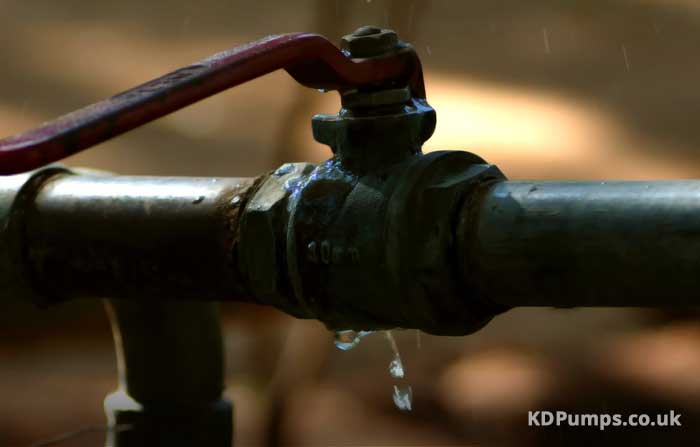
Could it be that your pipes are leaking?
Have you noticed water in your basement or foundations?
Are your water bills unusually high?
Even though a leak might not be that substantial, even the smallest of leakages may affect your water pressure.
This is because a minor leak might be misdirecting the water supply and as a result, you will not be getting the full flow of water.
If the pipes are easy to access, check for any wet spots or places where there is pooling water.
The pipes might be slightly cracked or corroded in places.
If the problem is a minor one, you may only need to wrap a rubber patch around the area where the pipe is leaking.
A pipe repair clamp or electrical tape may be enough to patch it up.
Note that this is only a quick fix for minor leaks.
In cases where the leakage is more substantial, it’s important to contact a qualified plumber to see to the problem properly.
12. Faulty Fixtures
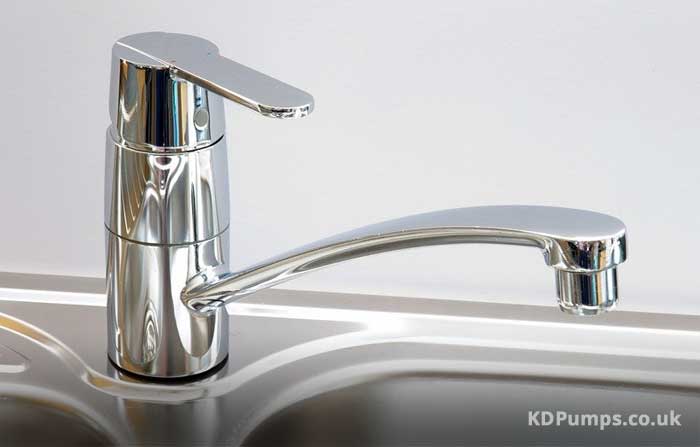
In some cases, your plumbing fixtures might be the problem.
There might be a low flow in some older fixtures and this might be affecting other areas as well.
For instance, washers may get ceased up with limescale, dirt or corrosion over time.
If you notice any low pressure taps, remove their washers as they may need thoroughly cleaning or replacing.
This could help you regain a much improved water pressure flow.
Fixtures themselves may even get clogged over time.
Before removing any fixtures make sure to turn off the water supply first.
Once you do, you will be able to inspect the fixture and establish whether it needs some cleaning, or if a replacement is necessary.
Conclusion
As you may now understand, low water pressure can be the result of a number of reasons.
It’s best to take the time to consider the various possible causes for low water pressure before spending substantial amounts of money on a complete re-piping or brand new fixtures.
Sometimes small fixes may be enough to solve the problem whilst in other circumstances, your problem could be much larger and more costly to resolve.
If you’ve covered all of the above and your water pressure still remains below expectations, your only remaining option may be to have a water booster pump installed.

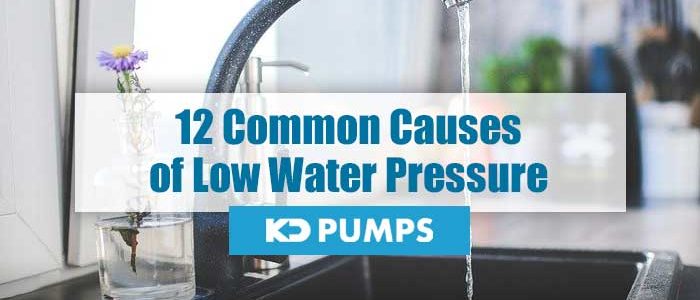
Comments are closed.